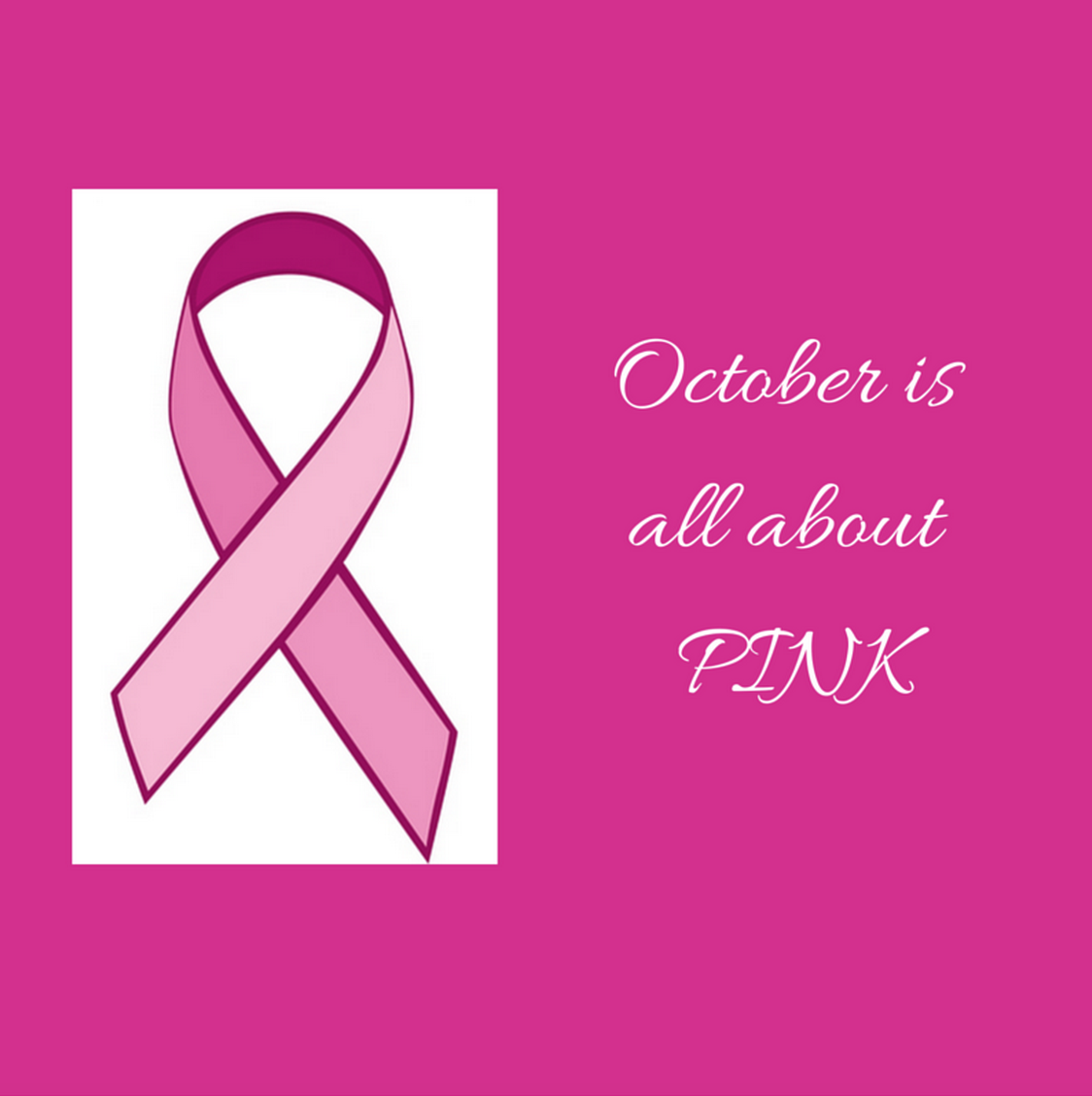
October is a big month for the Center for Natural Breast Reconstruction team and our wonderful patients—and we’re making it a celebration!
In case you didn’t get the hint from the pink ribbons taking over Charleston, October is Breast Cancer Awareness month.
Supporting this cause is so dear to our hearts, and we want to let our readers know about some fantastic events happening in our area this month.
We can’t wait to see what great things October brings!
October 2—Susan G. Komen Lowcountry’s Swing for the Cure
This year we are a proud sponsor of the October 2 Susan G. Komen Lowcountry’s Swing for the Cure event—a tennis and golf fundraiser that supports the fight against breast cancer.
The weekend festivities will be kicked off with an Oyster Roast and Barbecue at The Lettered Olive Restaurant in Wild Dunes.
Click here for more information.
October 5, 12—Dr. Kline Talking Natural Breast Reconstruction
On October 5 and 12, you may see our very own Dr. Kline on Channel 4 talking all things Breast Reconstruction!
October 17—KOMEN LOWCOUNTRY RACE FOR THE CURE®
This event is always a BLAST. 100% of the net proceeds are allocated to supporting the local breast cancer community.
There are a variety of walks and runs for every skill level—even one for kids!
The race takes place at the Family Circle Stadium, and the gates open at 7 a.m.
Click here for more information.
October 23—Pink Day with Panera Bread
Be sure to head to one of the 3 Panera Bread locations participating in Pink Day. The Tanger Mall, Citadel Mall, and Main Street locations will be decked out in pink and providing pink ribbon bagels available for purchase. Delicious food and supporting a good cause are two of our favorite things!
Click here for more information.
For more on Breast Cancer Awareness Month, visit our Facebook page.
 This week, James E. Craigie, MD, of The Center for Natural Breast Reconstruction answers your question.
This week, James E. Craigie, MD, of The Center for Natural Breast Reconstruction answers your question.
 This week, James E. Craigie, MD, of The Center for Natural Breast Reconstruction answers your question.
This week, James E. Craigie, MD, of The Center for Natural Breast Reconstruction answers your question.
 This week, James E. Craigie, MD, of The Center for Natural Breast Reconstruction answers your question.
This week, James E. Craigie, MD, of The Center for Natural Breast Reconstruction answers your question.
 This week, James E. Craigie, MD, of The Center for Natural Breast Reconstruction answers your question.
This week, James E. Craigie, MD, of The Center for Natural Breast Reconstruction answers your question. You just found out that you might need a mastectomy.
You just found out that you might need a mastectomy.




